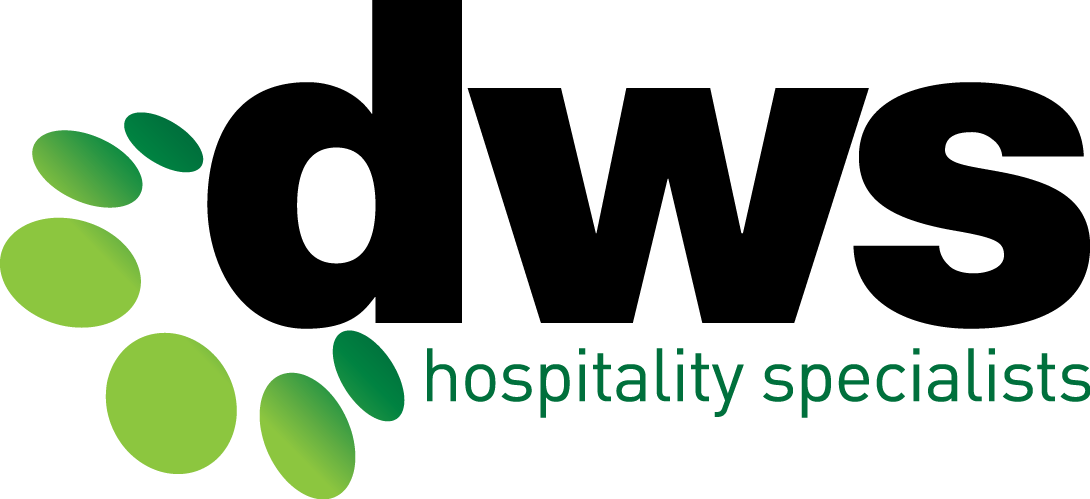 The term ‘meta’ can conjure a range of responses. Two favourites are Attorney General George Brandis trying to define it on Sky News in 2014 when under questioning about proposed changes to data retention laws (worth a look on YouTube) or readers with teenage offspring may have heard their progeny use the term to describe anything that causes them confusion (as in “whoa… mind blown… that was meta”). I think my fifteen-year-old has a better handle on it than Senator Brandis.
The term ‘meta’ can conjure a range of responses. Two favourites are Attorney General George Brandis trying to define it on Sky News in 2014 when under questioning about proposed changes to data retention laws (worth a look on YouTube) or readers with teenage offspring may have heard their progeny use the term to describe anything that causes them confusion (as in “whoa… mind blown… that was meta”). I think my fifteen-year-old has a better handle on it than Senator Brandis.
At its simplest, metadata can be defined as ‘data about data’. How is the concept of metadata relevant to gaming venues?
Think of all the data sources available from a variety of systems in operation at the typical venue – mostly sources that don’t integrate, frustratingly enough. In many cases venues operate a door counter recording the number of patrons through the door each day; a members’ kiosk recording a sample of the specific people contributing to that door count (including the time of their swipe, what prizes they won, what benefits they redeemed); sometimes a POS system is set up to offer discounts for members or points accrual to entice card usage, thus capturing more data about purchase behaviour across food and beverage products; many venues now capture data from card-in-EGM play including total spend, average bet, session length, frequency of play, preferred machines (by manufacturer, game type, denomination, area within the gaming room, end bank versus mid-bank), large wins, etc. Plus, we can then layer demographic information over all of these datasets (age, gender, residential address) to develop a clear picture of each person who patronises the venue.
Powerful stuff… for venues who have the tools to harness it. And that’s where we get to the idea of metadata – how can venues group the data about this very specific data in a fashion that allows meaningful decisions to be made about marketing tactics, promotion offers and communication tools to employ for groups of patrons?
There are a range of business intelligence (BI) tools on the market today which venues should do their due diligence on. But sometimes the best BI tool is the homemade Excel spreadsheet that pulls data from the range of sources described in the last paragraph and uses a unique identifier common across all sources (e.g. badge number) and a series of look-ups to create a picture of the behaviour of particular patrons or groups of patrons.
Most pub and club venues are unable to afford a fleet of analysts to trawl through very granular data scouring it for meaningful information about individual patrons. And even if they did, the return on investment (or bang for buck) from doing so typically doesn’t stack up.
The trick to earning a return from this type of patron-specific data, is knowing what type of questions to ask and grouping patrons into segments. Venues need to identify which metadata can help them to group these like patrons together in a way that allows them to tailor their marketing to appeal to those patrons and encourage an additional visit.
Interrogate your data to find these things:
- New/emerging members – set some parameters around ‘joined on’ date, visitation frequency and spend to identify patrons who you’ve recently won as regulars. Is their visitation and spend data trending up? Did you win them from a competitor? Are they new to the area? Either way, tactics are required to reward them and encourage them to continue positive behaviours. A typical venue offering whole of venue loyalty and actively promoting sign-ups will likely find a group of twenty or so patrons they can win as loyal locals through some simple rewards tactics.
- Lost members – set parameters in your data to discover people who visited frequently in the last three months and then dropped off the face of the Earth. Devise tactics to re-activate visitation and perhaps participate in research as to why they’ve suddenly stopped visiting.
- High spend, low frequency (HSLF) patrons – identify a set of parameters from the kiosk, POS and gaming system to identify a group of patrons who visit less than fortnightly but spend a healthy amount per visit. Chances are, these patrons treat you as their ‘other venue’ and dedicate the bulk of their visitation and spend to a local competitor. What offers will incentivise a change of behaviour among this group in favour of your venue?
- Heavy points accrual, low redemption – chances are some patrons use their cards religiously when they visit to accrue the points on offer. But for real relevance, the patron needs to understand what benefits they can redeem for the loyalty program. Use your ‘metadata’ approach to identify a group of patrons who are not enjoying the benefits of points redemption and send them information about items available (or better still, have those patrons participate in surveys or focus groups about the type of items they’d like to redeem their points for).
- Groupings of particular types of ‘all-rounders’ – not all patrons are created equal. Some will typically spend more per visit, making them more valuable to the business. Find groups of patrons who spend money across the venue and have something in common. For example, a group of top spenders who all drink scotch may respond positively to being invited to a whisky appreciation night, product launch, etc. related to their favourite product. This type of tactic entices another visit (and likely greater spend) plus entrenches ongoing loyalty.
For all of these, apply common sense. Don’t send an offer for a whisky appreciation night to the patron who only drinks beer. Don’t send a ‘free coffee’ offer to a HSLF patron who lives an hour away (there’s a reason they don’t visit more often and offering a free coffee in return for driving an hour won’t win another visit). Use intel from the front line. Some lost patrons will be lost because they moved away – staff at the front line may save you the time and cost of sending a buy-one-get-one-free deal to a customer who now lives in Cairns. Avoid sending 70+ patrons night time offers or working age patrons weekday lunch specials – receiving an offer that’s only valid at times they can’t or won’t visit will do more harm than good. A Gen-Y doesn’t want free Elvis impersonator show tickets any more than her grandad wants to come to the Pink tribute show for $10 Jim Beam cans on Saturday night.
Use your metadata (data about the data from a range of diverse sources) to group your valuable patrons into meaningful segments with common interests. Devise appealing offers that are relevant to those groupings and that can be communicated simply to attract increased visitation at low cost to the venue. Measure the responses and track the return on your investment. Lower cost, targeted at the right patrons, more likely to elicit a response, measurable. Whoa… mind blown… meta.
For more information about how to utilise your venue’s metadata, the team at info@dws.net.au or on (07) 3878 9355.


